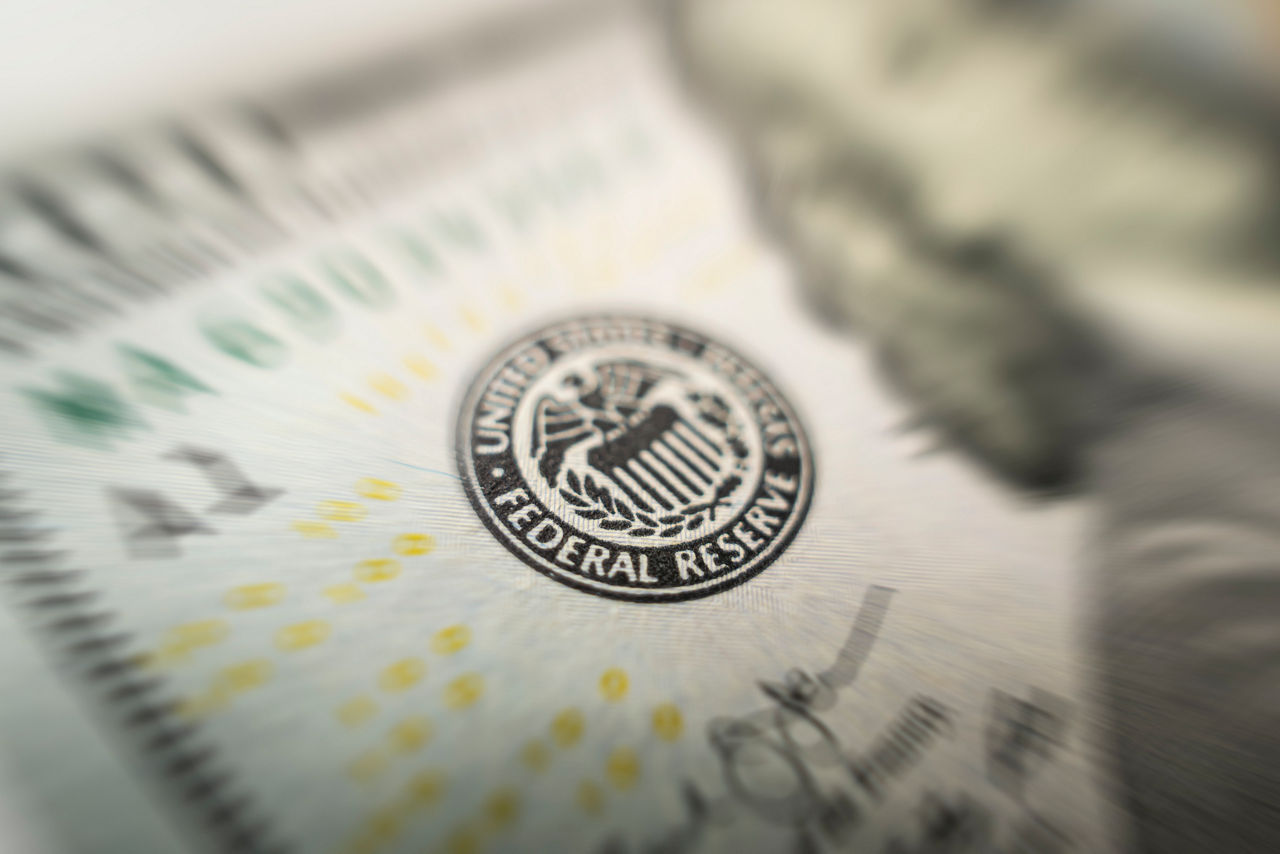A fresh round of US inflation data offered up a mixed bag for investors who are taking stock of the impact that tariffs could have on the economy and interest rates. Consumer inflation accelerated to 2.7% year-over-year from 2.4% a month earlier, according to a Labor Department report on Tuesday, at a time when the Federal Reserve is watching for possible signs of tariff-fueled price hikes. Yet the producer price index, a measure of wholesale inflation, was up 2.3% over last year after a 2.7% rise in May, the Labor Department said on Wednesday. On a month-to-month basis, wholesale prices were unchanged.
How much or how quickly tariffs ultimately affect prices will help set the direction for monetary policy at least through the remainder of this year. As they await clarity on trade deals, Fed officials are wary that tariffs might spill over into a broader swath of the economy beyond the goods and commodities that are more sensitive to trade volatility. Inflation data can also illustrate whether higher supply-chain costs are passed on to consumers or instead absorbed by manufacturers, distributors, and other businesses. Boston Fed President Susan Collins, a voting member of the Fed’s policy-setting committee, said in a speech on Tuesday that even though tariffs may have a smaller impact on inflation than previously feared, she believes the central bank can be “actively patient” by evaluating incoming data before deciding whether to alter interest rates.
Jeff Young from PGIM’s Quant team examines US trade deficits, capital inflows, and how global imbalances are reshaping financial markets.
you may also like
-
Markets Await Fed Verdict
Read More
-
Complex Outlook Drives Investors to Gold, Other AlternativesPrecious metals such as gold and other alternative assets are attracting investor demand during a period of heightened fiscal uncertainty.
Read More
-
US Government Shutdown Brings New UneaseA partial shutdown of the US federal government blurred investors’ visibility into the health of the economy.
Read More
-
Economy Sends Conflicting Signals, Dividing FedOpinions are split inside the Federal Reserve on how urgently the central bank should loosen financial conditions further after last week’s rate cut.
Read More





